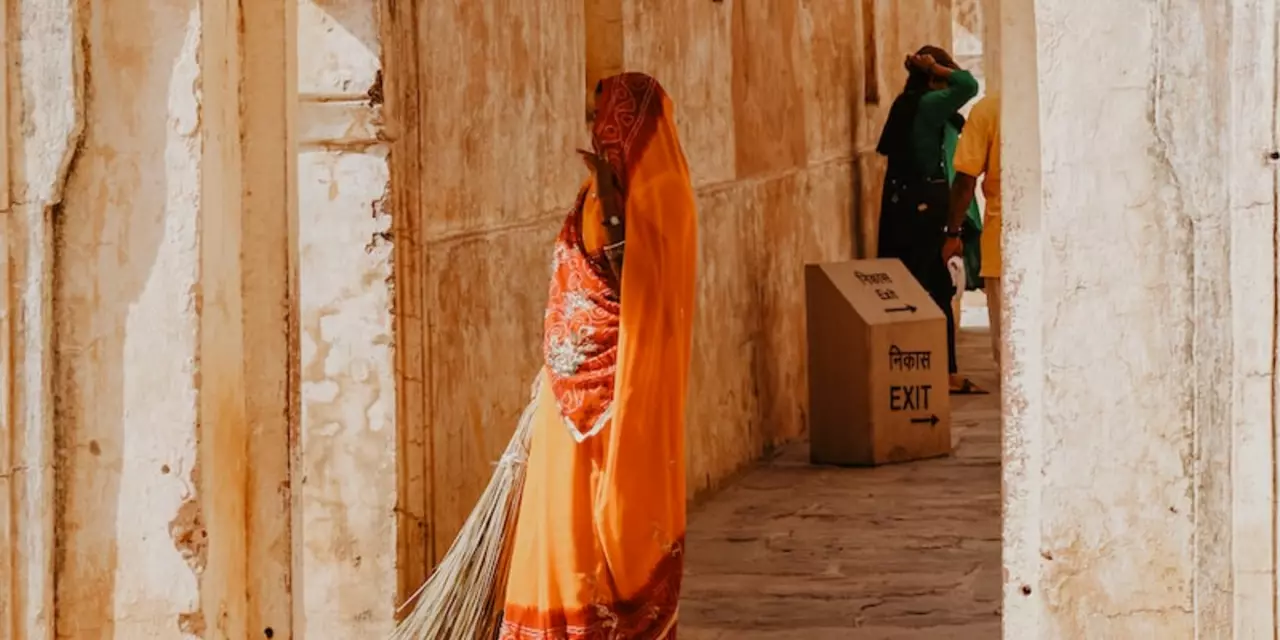Women's Rights in India – What’s Happening and How You Can Make a Difference
Did you know that India, home to over 1.3 billion people, still sees millions of women battling everyday discrimination? From the classroom to the boardroom, the fight for equal rights isn’t new, but every year brings fresh victories and fresh hurdles. If you’re curious about what’s really going on—and how you can help—keep reading.
In this space we break down the biggest issues, highlight real stories, and point you toward concrete actions. Whether you’re a student, a professional, or just someone who cares, you’ll find practical insights you can use right now.
Key Issues Facing Women in India
One post that sparked a lot of conversation is titled "What are five things women hate about being in India?" It lists the most common pain points: limited access to quality education, gender‑based violence, unfair workplace practices, economic dependence, and weak political representation. Each of these points isn’t just a statistic—they affect daily life for millions of women.
Education. Even though enrollment numbers have risen, many girls drop out before completing secondary school because families prioritize boys or need extra hands at home. The result? Fewer women qualify for higher‑pay jobs.
Safety. Sexual harassment, assault, and honour‑based violence still dominate headlines. The fear of walking alone after dark limits freedom and hampers participation in public life.
Workplace inequality. The gender pay gap remains wide, and women often hit a "glass ceiling" when trying to climb corporate ladders. Maternity policies are improving, but many employers still view pregnancy as a career risk.
Economic dependence. Limited job opportunities and lack of financial literacy keep many women tied to unpaid domestic work, making it harder to break out of poverty cycles.
Political voice. Women hold just around 14% of seats in the Indian Parliament. This under‑representation means policies often overlook women‑specific concerns.
Steps Toward Equality
Understanding the problems is only half the battle. Here are a few ways you can contribute to change:
- Support education: Donate to NGOs that fund scholarships for girls, or volunteer to mentor young women in tech and business.
- Speak up on safety: Participate in community watch groups, share resources on consent, and use your platform to amplify survivor stories.
- Champion workplace fairness: Encourage your employer to adopt transparent salary bands and flexible work policies that benefit parents of any gender.
- Promote financial independence: Teach basic budgeting or invest in micro‑finance programs that give women a start‑up capital.
- Boost political engagement: Vote for candidates who prioritize gender issues, and encourage women you know to run for local office.
Every small step adds up. When you combine education, safety, economic empowerment, and political participation, you create a ripple that can shift the whole system.
Ready to dig deeper? Browse our collection of articles, including the detailed look at the five biggest frustrations women face in India. Each piece offers data, personal stories, and actionable tips you can use right away.
Remember, advancing women’s rights isn’t a one‑time project—it’s a continuous effort. Stay informed, stay active, and keep the conversation going. Together, we can build a future where every woman in India enjoys the same opportunities, respect, and freedom as anyone else.
